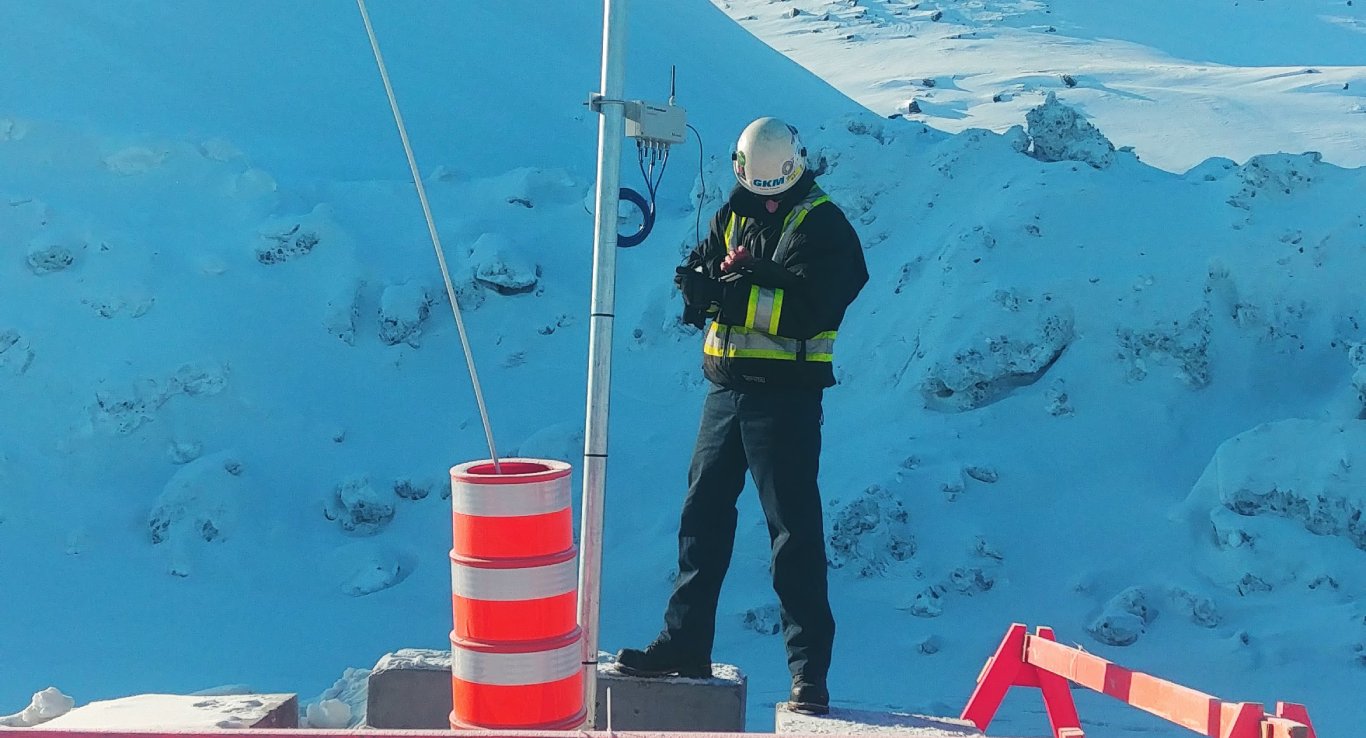PART 1 – Remote monitoring of tailings dams Q&A series: Canada-specific queries
Keeping tailings dams safe is a major issue for the mining industry. So, it’s no surprise that people tuned in from around the world to listen to Worldsensing’s webinar on IoT remote monitoring of tailings dams. The full content of the webinar is now available on-demand for those who missed it. But one thing that isn’t covered in the original session is the answers to the many questions that were put to our speakers.
We had more than 50 queries from interested parties worldwide, and to cover them all we’re publishing several Q&As. Here is what our experts, Juan Pérez Arcas and Vincent Le Borgne, said about the queries relating to specific projects mentioned in the presentation.
In places such as the Canadian oil sands, have you considered -40ºC ambient temperatures might affect battery life?
Vincent Le Borgne, mining R&D manager:
The lowest temperature we’ve reached is -38ºC in the field and -40ºC in the lab. We’ve never had issues with ambient temperature and we don’t have reasons to believe there would be problems at -40ºC. Just make sure you select batteries that are compatible with such a low temperature, and you’re good to go with Worldsensing hardware.
How long do you expect batteries to last at -40ºC? Would you still expect 10 years?
Vincent Le Borgne:
Yes for vibrating wire instruments, since they require very little power. This might be different with other types of instruments.
[read_article_event]
Have the batteries in your Quebec iron ore project been changed in the last two years? Is the gateway hardwired or does it use solar panels?
Vincent Le Borgne:
We haven’t had to change the batteries yet. The nodes in this project draw very little power and vibrating wire piezometers also require little power compared to other instruments. We expect the nodes to easily have a 10-year battery life. As for the gateway, it’s powered from the building it’s attached to. If needed, gateways can work on solar panels but as a general rule, we recommend powering the gateway by connecting them to AC power as a safety measure to prevent outages.
What data loggers were tested at the Bloom Lake project?
Vincent Le Borgne:
We tested Campbell Scientific loggers and Worldsensing loggers before deployment. Worldsensing loggers ended up being preferable because they are cost-effective and have a high radio range.
We are currently monitoring a tailings dam at 30-minute intervals. We have found that we were missing readings more frequently as the dam grew in height, without moving the data loggers. Could this be caused by poorer communication between the logger and the gateway?
Juan Pérez, geotechnical engineer, wireless monitoring expert and Worldsensing product owner:
Yes, it is possible the wireless communication conditions have changed. We’d suggest moving the gateway to a higher location. It is important to install the gateway above the level of the embankment. Even if a node loses line of sight, communication is still possible because radio waves can bend over obstacles like dam walls. But it becomes more difficult.
Good practices include installing nodes at higher locations, using poles, and increasing the separation of the nodes from the slope of the embankment as much as possible. If you require further assistance on this matter, please contact us and we will help you.
In your Quebec mine project, how did you overcome the lack of communication with the sensor behind the hill?
Vincent Le Borgne:
As we showed in our presentation, communication was not very good. We increased the sample rate to make sure that, on average, at least one reading per hour gets through. Obviously, this will have an impact on the battery life, but in this case, the node is easily accessible for maintenance.

